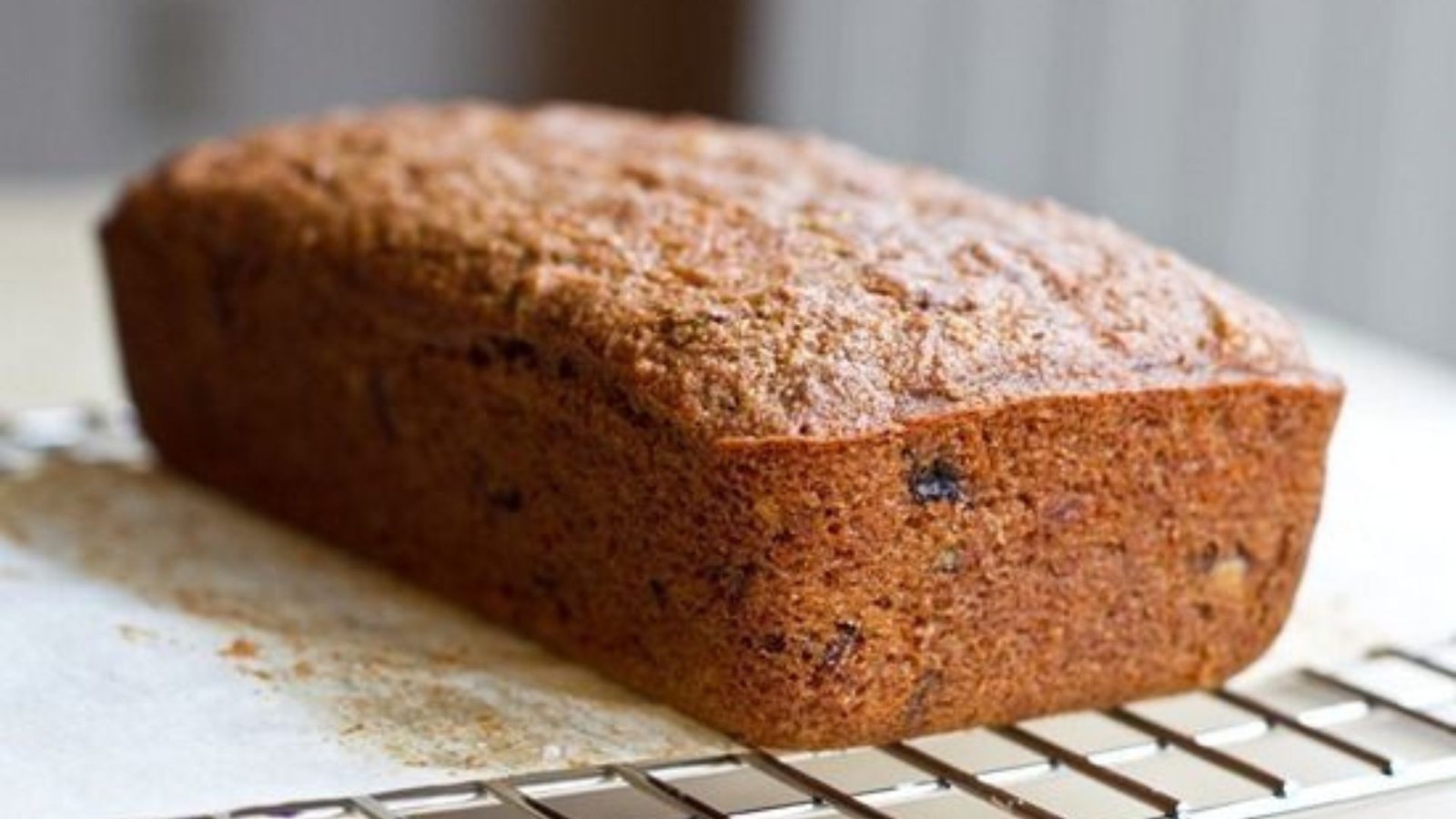Baking a cake can be both a fun and rewarding experience, but achieving the perfect cake every time requires a little know-how. Whether you’re a beginner or an experienced baker, these essential baking tips will help you create cakes that are moist, fluffy, and delicious every time.
1. Measure Ingredients Accurately
Baking is a science, and precision is key. Use measuring cups and spoons specifically designed for dry and wet ingredients to ensure accuracy. For the best results, use a kitchen scale to weigh your flour, sugar, and other ingredients.
2. Use Room Temperature Ingredients
Room temperature ingredients, especially butter, eggs, and milk, mix together more evenly and result in a smoother batter. Cold ingredients can cause the batter to curdle or become lumpy, so plan ahead and take your ingredients out of the fridge before you start.
3. Sift Dry Ingredients
Sifting flour, cocoa powder, and baking powder together helps to break up clumps and evenly distribute the leavening agents. This results in a lighter, fluffier texture for your cake. Don’t skip this step!
4. Don’t Overmix the Batter
Overmixing the cake batter can cause the cake to be dense and heavy. Mix until the dry and wet ingredients are just combined – a few lumps are fine. This prevents the development of too much gluten, ensuring a tender crumb.
5. Preheat the Oven
Always preheat your oven to the right temperature before baking your cake. A hot oven ensures that your cake will rise properly and cook evenly. Use an oven thermometer to check that your oven’s temperature is accurate, as many ovens can run hotter or cooler than the dial indicates.
6. Grease and Flour Your Pans Properly
To prevent your cake from sticking, it’s essential to grease and flour your baking pans properly. You can also line the pans with parchment paper for extra security. For chocolate cakes, use cocoa powder instead of flour to prevent a white, dusty finish.
7. Use the Right Baking Pans
Different pans can affect how your cake bakes. Darker pans tend to absorb more heat and can cause cakes to bake faster, potentially leading to over-baking or burning. Lighter-colored pans help ensure an even bake. Also, choose the correct size pan as specified in the recipe to avoid changes in texture.
8. Check for Doneness with a Toothpick
To check if your cake is done, insert a toothpick or cake tester into the center. If it comes out clean or with just a few crumbs, your cake is ready. If it’s covered in batter, it needs more time. Start checking a few minutes before the recipe’s recommended time to prevent overbaking.

9. Let the Cake Cool Properly
Allow the cake to cool in the pan for 10-15 minutes before transferring it to a wire rack. This helps the cake firm up and makes it easier to remove from the pan without breaking. Never frost a hot cake, as the frosting will melt and slide off.
10. Frost with Care
For a smooth and even layer of frosting, start with a crumb coat – a thin layer of frosting that locks in crumbs. Refrigerate the cake for 20-30 minutes to set the crumb coat, then apply the final layer of frosting for a clean and polished finish.
Final Thoughts
With these 10 baking tips, you’ll be able to create perfectly baked cakes with a soft, fluffy texture and a smooth finish every time. Whether you’re making a simple vanilla cake or a rich chocolate one, these tips ensure success in every batch. Happy baking!




